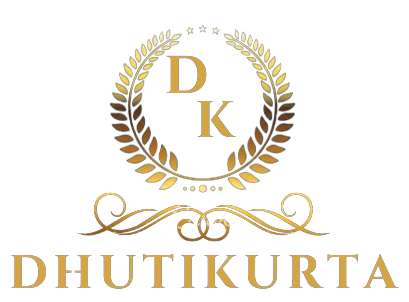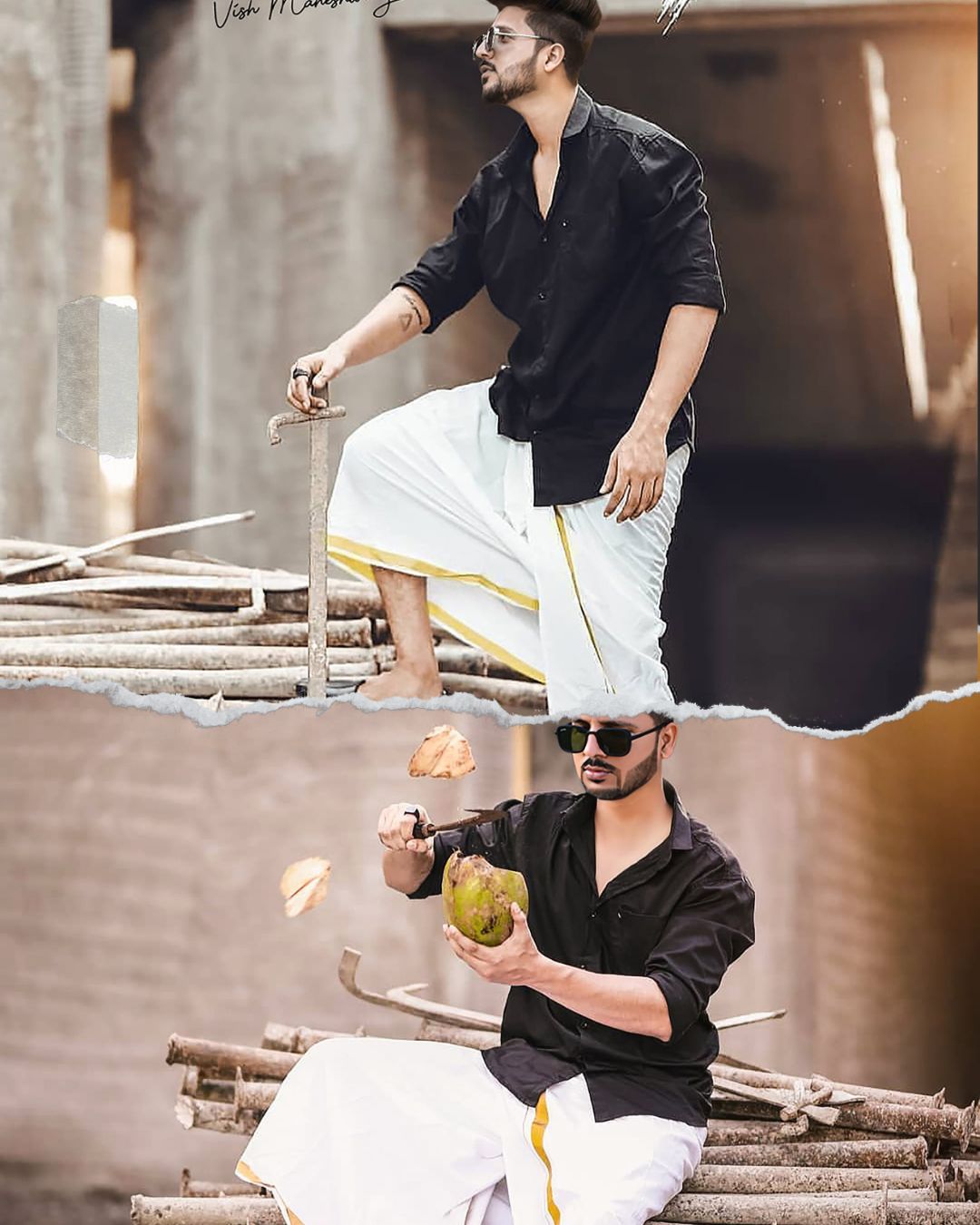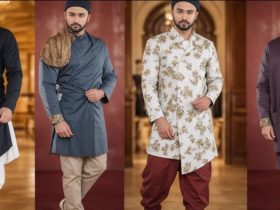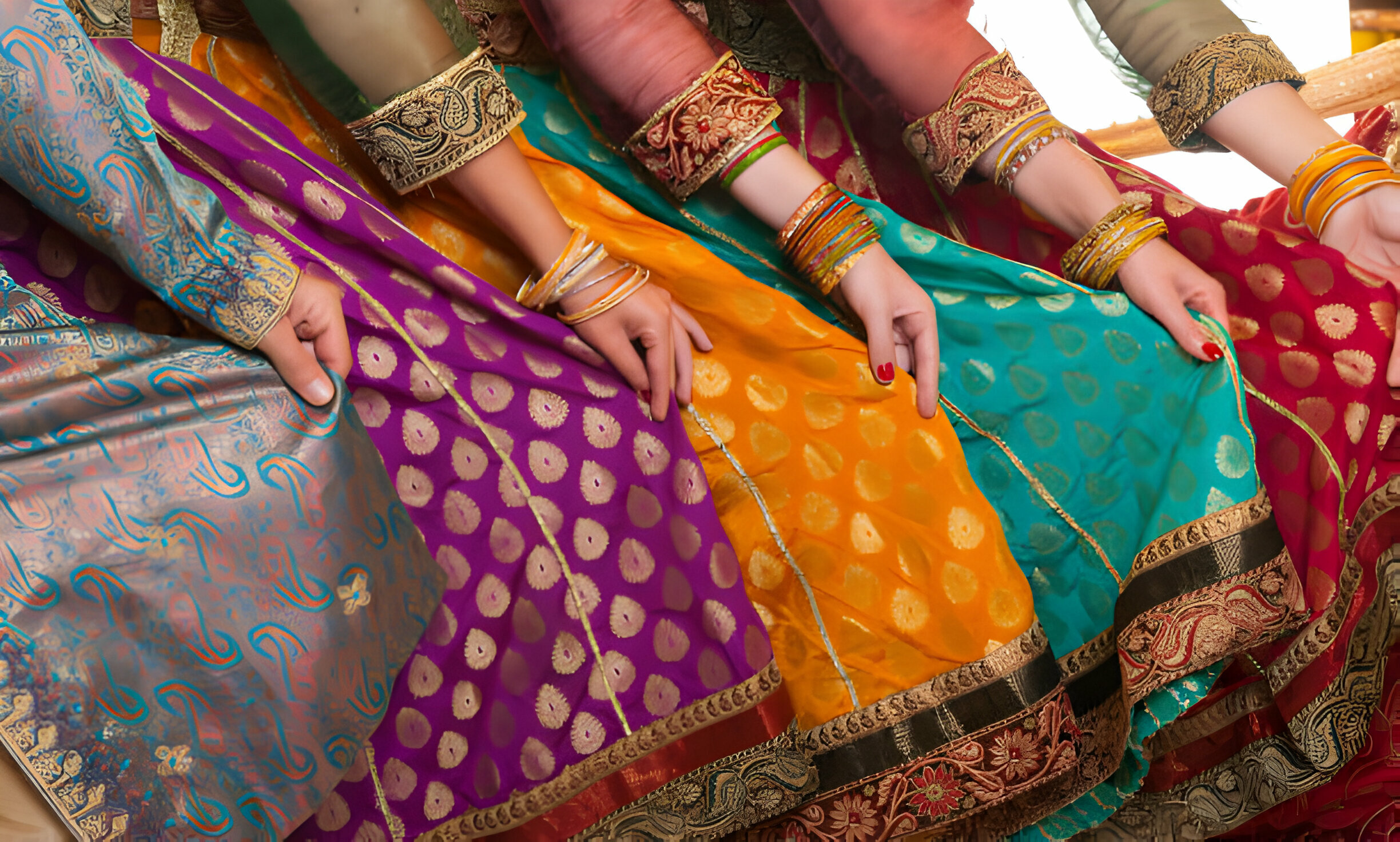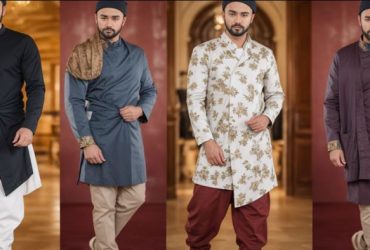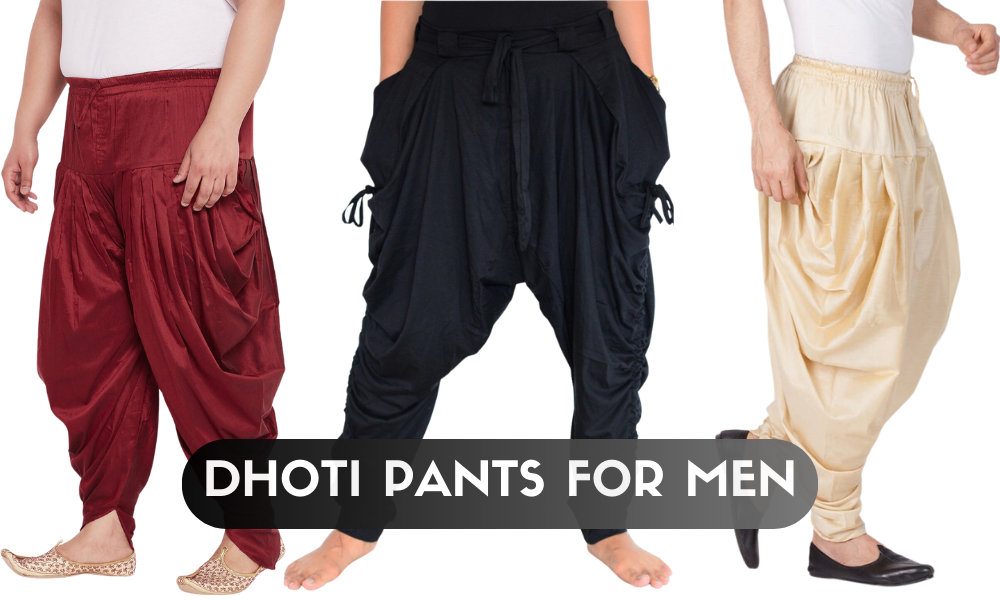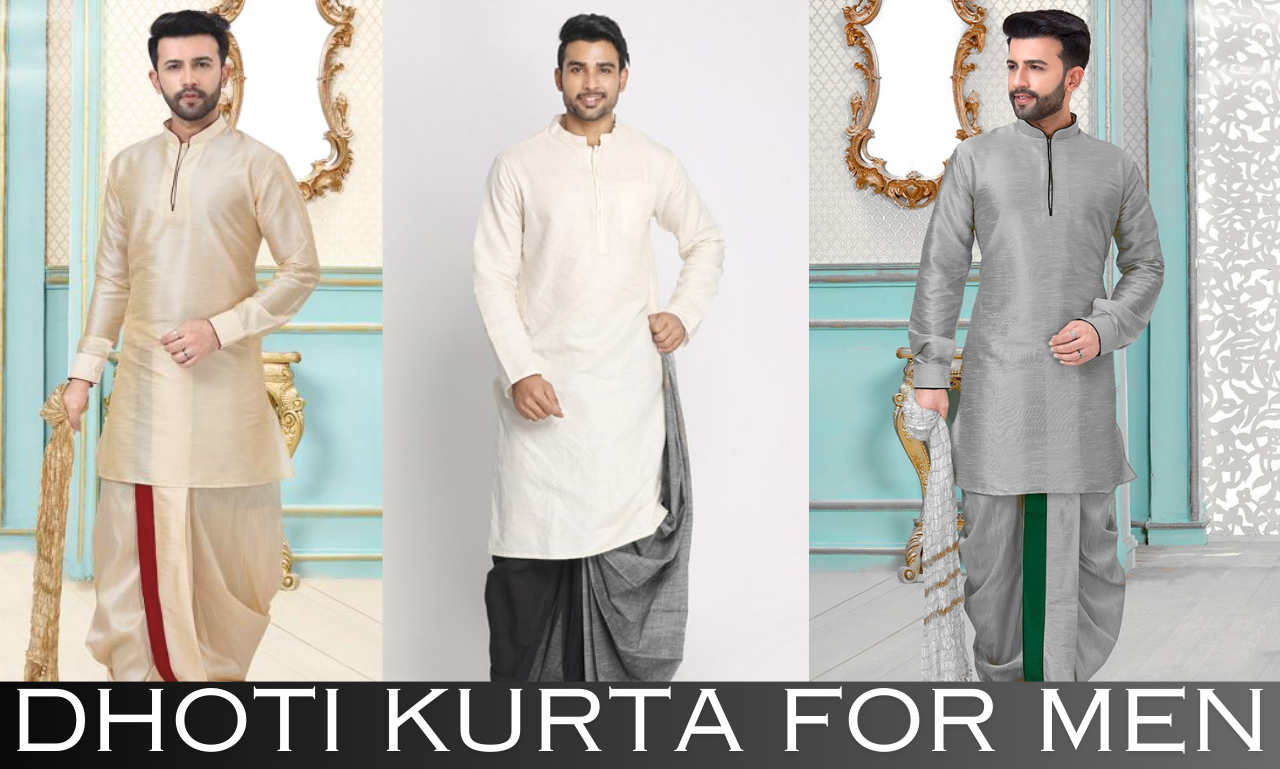The men’s dhoti, a traditional Indian garment, holds a unique place in the rich tapestry of Indian culture and fashion. With its roots deeply embedded in ancient times, the dhoti has transcended generations, becoming a symbol of tradition, grace, and identity. As we embark on this deep dive, it’s essential to understand the historical significance and cultural importance attached to the men’s dhoti. This unstitched cloth, typically worn around the waist, has stood the test of time, evolving into various styles that reflect the diversity and complexity of Indian society. From religious rituals to festive celebrations, the men’s dhoti plays a pivotal role in shaping the visual narrative of India’s cultural heritage.
Traditional Dhoti Styles
The traditional men’s dhoti boasts a fascinating array of styles, each deeply rooted in the unique customs and practices of different regions across India. From the Mundu in South India, characterized by its simplicity and practicality, to the Panche in Karnataka, known for its elaborate pleats and vibrant colors, these variations offer a glimpse into the cultural mosaic of the subcontinent. Exploring these traditional styles provides not only a sartorial journey but also unveils the historical, geographical, and social influences that have shaped men’s fashion. The intricate detailing, choice of fabrics, and draping techniques showcase the craftsmanship and artistry that have been passed down through generations. Understanding the nuances of traditional dhoti styles is crucial in appreciating the depth of cultural diversity encapsulated within the folds of this timeless garment.
Fabric and Material Choices
The men’s dhoti, beyond its stylistic variations, offers a canvas of diverse fabrics and materials. Cotton, silk, and blends thereof create a spectrum of textures, influencing the dhoti’s comfort, durability, and aesthetic appeal. Cotton dhotis, favored for their breathability, are often chosen for everyday wear, while silk dhotis, luxurious and lustrous, take center stage during special occasions. The significance of fabric choices extends beyond personal preferences, with regional climates and cultural contexts playing a role in determining the ideal material. Exploring these fabric selections not only enriches our understanding of the technical aspects of dhoti design but also deepens our appreciation for the thoughtful consideration given to each garment.
Draping Techniques
Draping a dhoti is an art that varies across regions, with distinct techniques contributing to the overall aesthetics and functionality of the garment. From the classic Nivi style, characterized by its simple and elegant drape, to the Mysore Peta, involving intricate pleating and tucking, each technique reflects the cultural nuances of its origin. The draping style not only impacts the visual appeal but also influences the comfort and ease of movement. Exploring these techniques provides insight into the skill and precision required to don a dhoti properly. It’s not merely a matter of wrapping fabric around the waist; it’s an expression of cultural identity and a testament to the wearer’s connection to tradition. Understanding the intricacies of dhoti draping techniques adds a layer of sophistication to the appreciation of this traditional garment.
Festive and Occasional Dhoti Styles
Certain men’s dhoti styles are reserved for special occasions and festivals, serving as a visual feast of colors, embroidery, and intricate designs. These celebratory garments often go beyond the everyday, with elaborate detailing that symbolizes joy, prosperity, and cultural significance. Festive dhoti styles may feature vibrant patterns, zari work, and embellishments, transforming the garment into a wearable piece of art. Understanding these styles provides a window into the role of the dhoti in cultural rituals and ceremonies, where the attire becomes a conduit for expressing reverence and participating in communal celebrations. Exploring the festive dimension of dhoti styles is not only a visual delight but also a journey into the heart of cultural festivities that have been woven into the fabric of Indian society.
Contemporary Fusion Styles
In the contemporary fashion landscape, the men’s dhoti has undergone innovative transformations, giving rise to fusion styles that blend traditional elements with modern design sensibilities. Designers, drawing inspiration from the rich heritage of the dhoti, experiment with cuts, patterns, and accessories to create a harmonious fusion of the classic and the contemporary. These adaptations cater to evolving tastes and preferences, making the dhoti a versatile garment suitable for various occasions. Exploring contemporary fusion styles reveals the dynamic nature of Indian fashion, showcasing how tradition can seamlessly coexist with modern trends. The fusion of old and new in men’s dhoti styles exemplifies the adaptability of traditional attire to the ever-changing landscape of global fashion.
Regional Influences on Dhoti Styles
The diverse cultural landscape of India has given rise to a kaleidoscope of regional dhoti styles, each influenced by local customs, traditions, and climates. From the Kasavu Mundu of Kerala, known for its pristine white fabric with golden borders, to the Pancha Kachcham of Andhra Pradesh, characterized by elaborate pleating, regional dhotis are a reflection of the unique identity of their respective areas. Understanding these regional influences goes beyond fashion; it unveils the deep connection between attire and geography, providing insights into the historical, social, and climatic factors that have shaped men’s dhoti styles. Exploring the regional nuances adds layers of complexity and richness to the story of the dhoti as a cultural artifact.
Dhoti as Cultural Symbolism
The men’s dhoti transcends its role as a mere garment, embodying cultural symbolism in various communities across India. It can signify marital status, social standing, or participation in religious rituals. The color, fabric, and draping style often carry specific meanings, making the dhoti a visual language that communicates more than just fashion. Understanding the cultural symbolism attached to different dhoti styles provides a deeper appreciation for the intricate language of attire in Indian society. The dhoti becomes a storyteller, narrating tales of tradition, beliefs, and societal roles through its folds and designs.
Evolution of Dhoti Styles Over Time
While rooted in tradition, the men’s dhoti has not remained static; it has evolved over time, influenced by historical events, colonial impact, and globalization. The way the dhoti is worn, the choice of fabrics, and even the colors used have seen shifts reflecting the changing times. Exploring this evolution offers insights into the adaptability and resilience of Indian fashion, showcasing how the dhoti has weathered the tides of time while retaining its cultural significance. Understanding the evolution of dhoti styles provides a historical context, connecting the past with the present and offering a glimpse into the future of this iconic garment.
Sustainability in Dhoti Fashion
In the contemporary era of heightened environmental awareness, sustainable fashion practices have made their mark in the world of men’s dhoti styles. Exploring eco-friendly fabrics, ethical production methods, and the rise of conscious consumerism within the dhoti industry sheds light on the intersection of tradition and modern values. The conscious choices made in the production and consumption of dhotis not only contribute to environmental preservation but also reflect a shift towards a more responsible and mindful approach to fashion. Understanding the marriage of tradition and sustainability in men’s dhoti styles showcases a harmonious coexistence between cultural heritage and global conscientiousness.
Conclusion
In conclusion, the deep dive into the different men’s dhoti styles has unveiled a rich tapestry of tradition, innovation, and cultural significance. From the roots of the traditional dhoti to the flourishing of contemporary fusion styles, each variation tells a story of heritage, adaptation, and evolution. Fabric choices, draping techniques, and regional influences add layers of complexity to the narrative, turning the dhoti into more than just attire—it becomes a canvas of cultural expression.
The festive and occasional dhoti styles bring forth the celebratory spirit of India, weaving joy and tradition into the very fabric of the garment. Meanwhile, the exploration of regional influences showcases the diversity of the Indian subcontinent, where climate, history, and tradition converge to shape distinctive dhoti styles. The dhoti’s role as a cultural symbol further deepens its significance, reflecting not only personal choices but also social standing, marital status, and participation in rituals.
In the folds of the men’s dhoti, one discovers not just a garment but a living testament to the resilience and adaptability of India’s fashion heritage. Whether worn for everyday comfort, festive celebrations, or as a statement of contemporary style, the men’s dhoti stands as a timeless symbol, connecting the past, present, and future in a seamless embrace of tradition and modernity.
